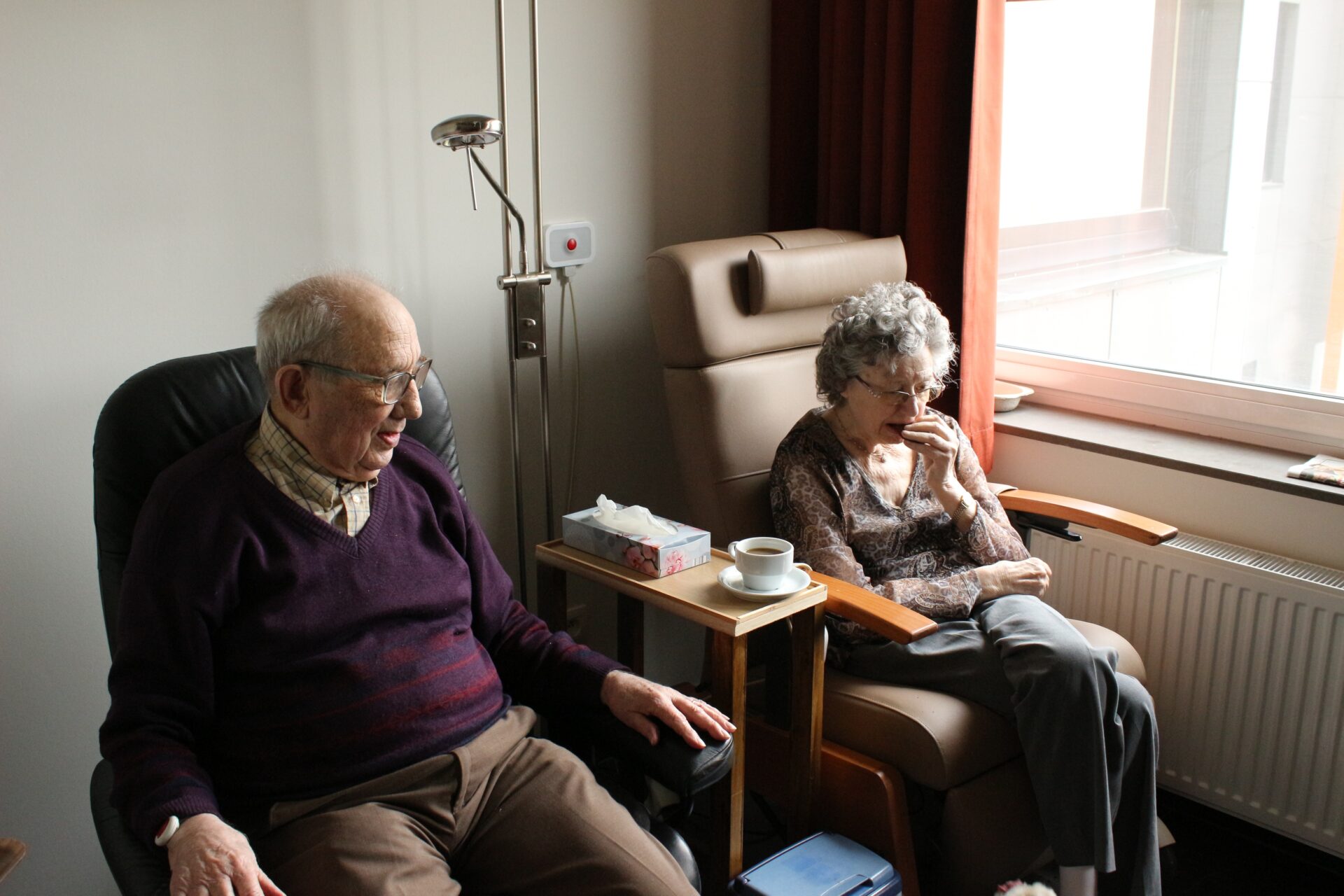
Approximately 24,000 More Long-term Care Staff Needed by 2030
In the coming decades, the number of elderly people in Austria will increase sharply both in absolute terms and relative to that of younger people. This means that the demand for professional care will increase not only because of the increase in the number of elderly and very old people, but also because the potential for informal care by relatives is decreasing, given the decrease in the proportion of potential informal carers.
In 2017, around 63,000 people were employed in inpatient and mobile long-term care for the elderly; taking the part-time rate into account, this corresponds to 45,000 full-time equivalents. Around 80% of employees are women. However, both mobile long-term care services and inpatient care facilities report a shortage of personnel, which is often cited as an obstacle to expanding the range of services on offer.
Based on a projection of the demand for care services in the inpatient and mobile sectors, WIFO has derived the associated personnel requirements up to the year 2050. The projected personnel requirement is derived exclusively from the number of persons cared for, while the number of hours worked per person cared for (care intensity) is assumed to remain unchanged. Since the average need for care per person will also increase with the ageing of the population, but the effects on the intensity of care cannot be taken into account due to a lack of data, the present calculation is likely to underestimate the actual need for personnel. Conversely, technological developments and robotics in the field of medical and long-term care can reduce the personnel requirement per person cared for (to an extent that cannot be assessed at present).
On the basis of the demand projections, a strong increase in demand for long-term care staff is thus already becoming apparent in the middle run. In the year 2030 (in the middle variant of the projection) more than 24,000 care and long-term care personnel will be needed than in 2016 (+39%, +18,000 full-time equivalents), in 2050 even more by around 80,000 (+127%, +58,000 full-time equivalents). Measures must therefore be taken to counteract the already widespread shortage of personnel in mobile and inpatient care.
In order to meet the increasing demand for professional nursing staff, a significant increase in the attractiveness of the long-term care professions is necessary. Although higher incomes would significantly improve the attractiveness of care professions, working conditions must also be improved. According to surveys of long-term care staff, these include psychosocial support, a reduction in the number of precarious employment contracts, an improvement in training and further training opportunities, the expansion of the range of in-service training opportunities, the introduction of apprenticeships in the nursing field and the promotion of higher qualification of staff in the field of home help and long-term care.

